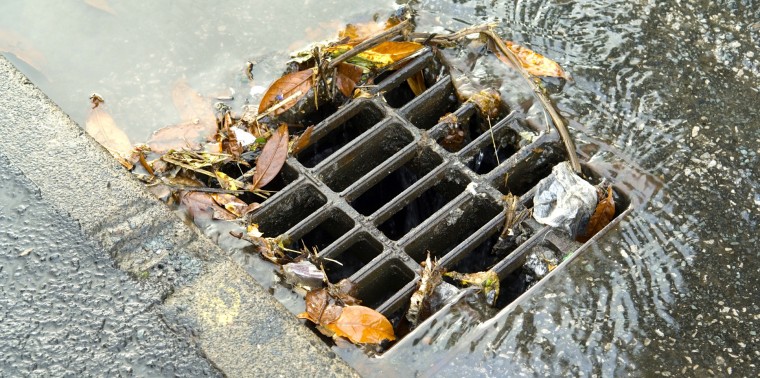November 27, 2015 — These two words might make you sleepy: stormwater management. But they should make you scared.
Or, if a new study can help shake things up, hopeful.
Runoff carrying oil, salt, fertilizer, sediment and other pollutants is a top threat to lakes across the U.S., and several factors — including rising population, growing cities and changing climate — are loading the future’s dice in favor of even more trouble. With this challenge in mind, a new study in the Journal of Geophysical Research paves the way to fight flooding and enhance water quality with plans geared toward individual watersheds.
In the first multi-factor analysis of land cover and climate for watersheds across the entire continental U.S., researchers from University of Massachusetts Amherst concluded that professionals — think land use experts, city planners and water quality managers — need to remember that myriad factors affect stormwater runoff. Not only that, the factors vary based on space and place: Different watersheds have different temperatures, rainfall, land use, evaporation, plant characteristics, and more. The new paper estimates statistical relationships among these variables for watersheds in all lower 48 states and quantifies relationships in a way that could help decision-makers on the ground make smart choices that allow them to minimize adverse impacts of runoff.
Managers can use the study’s statistical conclusions to target variables that most greatly affect runoff in their watershed. For example, the researchers write, “[i]n watersheds where runoff is strongly influenced by evaporation, one could develop policy toward green infrastructure by incorporating infiltration enhancing components into urban structures like roads, buildings, and parking lots.” ![]()
Ensia shares solutions-focused stories free of charge through our online magazine and partner media. That means audiences around the world have ready access to stories that can — and do — help them shape a better future. If you value our work, please show your support today.
Yes, I'll support Ensia!
